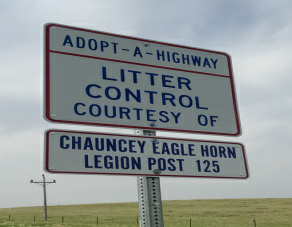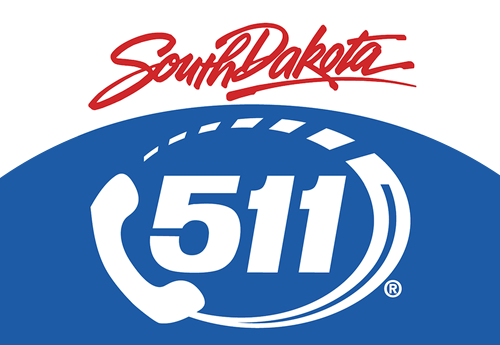Americans with Disabilities Act (ADA)
SDDOT has a grievance procedure to allow individuals to express concerns about SDDOT's compliance with Section 504 of the Rehabilitation Act of 1973, as amended, and Title II of the ADA. The grievance procedure may be used by anyone alleging discrimination on the basis of disability in the provision of services, activities, or programs by SDDOT. The South Dakota Bureau of Human Resources' Personnel Policy governs employment-related complaints of disability discrimination.
Grievances should be submitted to SDDOT in writing within 30 days of the alleged violation and should contain detailed information concerning the alleged discrimination. SDDOT has developed an ADA Grievance form (PDF File) that may be submitted for this purpose. SDDOT will accept grievances that are not in writing if necessary to accommodate a disability. The following information should be provided when filing a grievance:
- Name
- Address
- Phone number and e-mail address, if any
- Location
- Description of any alleged incident
- Description of any physical barriers to accessibility
- Suggested changes or improvements to achieve accessibility
If a Transit complainant disagrees with the decision of the ADA Coordinator or wishes to file directly with a federal agency, he or she has the right to file a formal complaint with the Federal Transit Administration (FTA) by contacting below.
The department is implementing the improvements to the public right-of-way in phases. The first phase is devoted to achieving compliant curb ramps and pedestrian push buttons within the SDDOT's public right-of-way. The scope of the listed projects is limited to installing curb ramps where there are no ramps, improving accessibility of existing curb ramps, and ensuring pedestrian push buttons are accessible. The SDDOT will subsequently update its ADA Transition Plan to address the remaining pedestrian facilities such as walkways, obstructions or barriers in the pedestrian access routes, and other potential barriers to people with disabilities along pedestrian access routes in the SDDOT's public right-of-way.
A copy of the current ADA Transition Plan update and list of planned projects:
- 2009 ADA Transition Plan Update
- ADA Transition Plan Public ROW Project List
This list of projects addresses priorities 1, 2, 5 & 8. Priorities are listed below.
- Installation of curb ramps where none currently exists and is necessary to provide access to existing walkways or pedestrian crosswalks.
- Modification or installation of new pedestrian push buttons at existing pedestrian crossings where push buttons exist but are not currently accessible to disabled persons (i.e. height/distance barriers or lack of a traversable path to access the push button).
- The removal of barriers in the public right-of-way or the modification/addition to the traversable area around obstructions.
- Replacement or repair of walkways or sections of walkways that are no longer traversable due to structural deficiencies. A structural deficiency is a surface that is broken up, rough, or heaved, with changes in elevation of greater than a quarter of an inch.
- Modification of existing non-compliant curb ramps.
- Replacement of existing sidewalk in the public right-of-way that may still be traversable but is currently not ADA compliant.
- Installation of walkways in the public right-of-way to provide access to state/local government offices and facilities, transportation, places of public accommodation, employers, and connections to walkways serving other areas.
- Installation of detectable warning devices (truncated domes) to existing curb ramps that are structurally compliant.
Self-evaluation and assessment of the public rights-of-way data is available upon request from the SDDOT ADA Coordinator.
Contact
© 2026 State of South Dakota. All Rights Reserved.
Becker-Hansen Building
700 E. Broadway Ave.
Pierre, SD 57501
Modern Logic
Region & Area Offices
Travelers
© 2026 State of South Dakota. All Rights Reserved.
Becker-Hansen Building
700 E. Broadway Ave.
Pierre, SD 57501
Modern Logic




